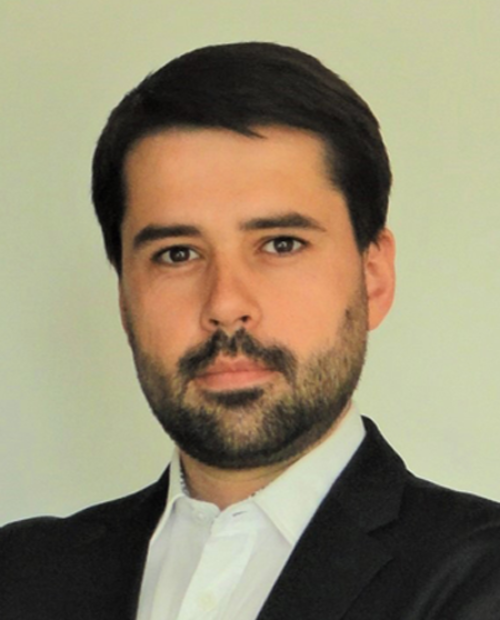
NaNbO3: From Sodium Columbite to Modern Antiferroelectric Devices
Assist. Prof. Dr. Jurij Koruza Institute for Chemistry and Technology of Materials Graz University of Technology, Austria
Abstract
Antiferroelectrics exhibit unique electrical properties, which originate from the complex antiparallel arrangement of the spontaneous polarization. Compositions with a reversible antiferroelectric-ferroelectric transition show characteristic double polarization loops and could be used for high-energy storage capacitors or electrocaloric cooling. Unfortunately, available antiferroelectric systems are very limited and promising lead-free compositions are hampered by irreversible phase transitions and low resistivity.
Here, I will review the development and properties of the antiferroelectric system NaNbO3. Discovered in 1949, even before the development of the theory of antiferroelectricity, the system was long considered merely a curiosity for crystallographers. However, it got rediscovered a few decades ago, first as an end-member of emerging lead-free piezoelectrics and in the recent years as a promising antiferroelectric system. I will discuss the multiple phase transitions, the issues with reversibility, and the importance of the local structure. I will introduce the system (1-x)NaNbO3-xSrSnO3 and demonstrate the ability to induce well-defined double polarization hysteresis loops, as well as characteristic relaxor behavior with high efficiency. The talk will be concluded with an open discussion of remaining open questions and the usability of these compositions in electronic components.
Short Biography
Jurij Koruza received the Diploma from the University of Ljubljana, Slovenia, in 2008, and the Ph.D. in Nanosciences and nanotechnology from the Jožef Stefan International Postgraduate School, Slovenia, in 2013. He currently holds a tenure track professorship at the Graz University of Technology in Austria. His main research interests include processing of electroceramics, phase transitions, and processing–structure–properties relationships in ferroelectrics. He is a member of the European and American Ceramic Societies, the IEEE, as well as the Electroceramics International Committee. He received the Athene Young Investigator award in 2017 and the Dr. Hans Messer Foundation prize in 2020.
About the FLAME-inars
The FLAME-inars are organized by the collaborative project FLAME at TU Darmstadt, in which electronic-structure-property relationships are being developed and exploited to realize novel lead-free antiferroelectric compounds. The seminars will gather experts in processing, characterization and theory to discuss materials and applications, bulk and thin films, fundamental properties, electronic structure & defects, and related aspects.



